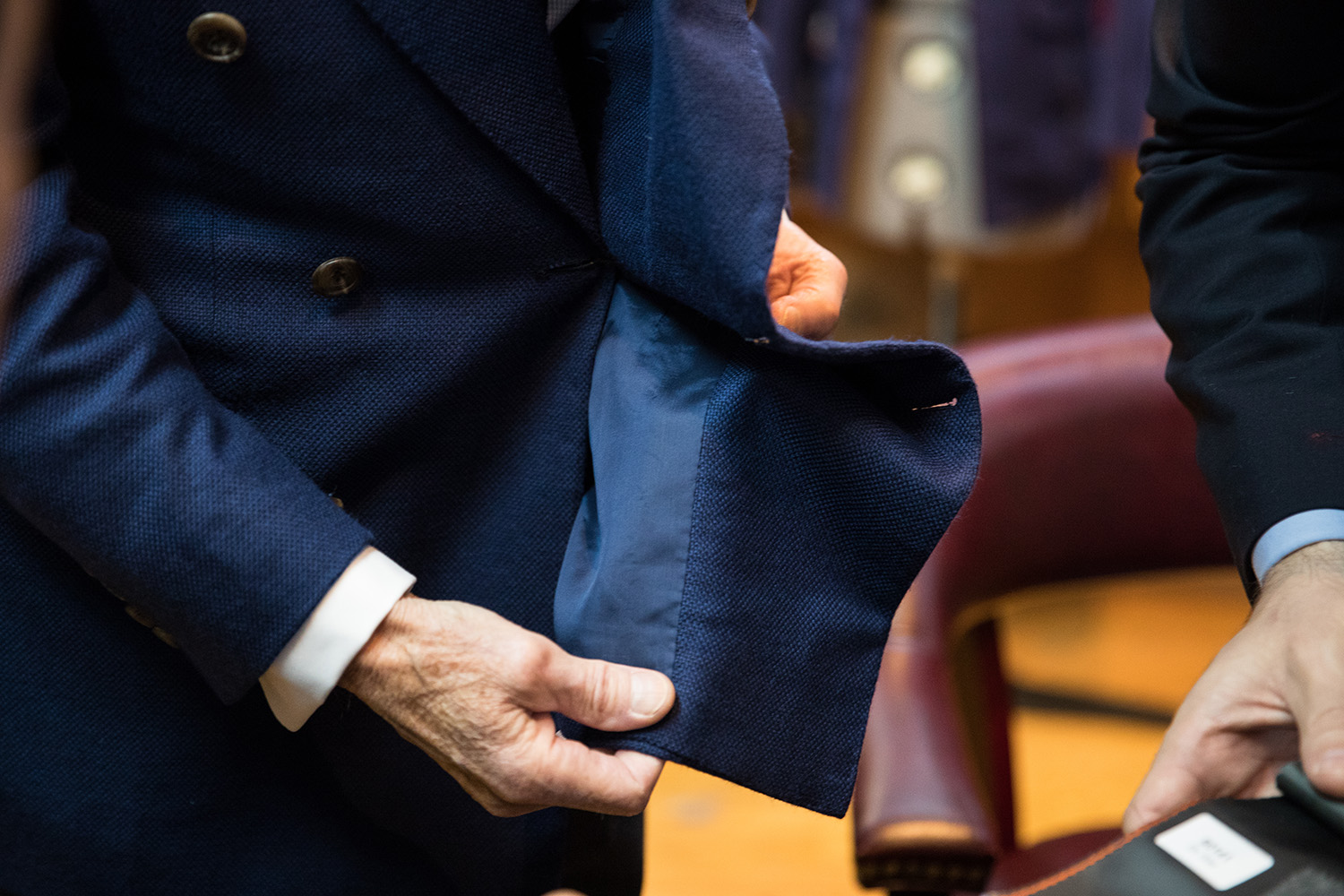Table of Contents
The world of fashion is a kaleidoscope of creativity, ambition, and innovation. At the heart of this vibrant industry lies the fashion designer—an individual who transforms fleeting ideas into captivating garments that resonate with audiences worldwide. Understanding the psyche of a top fashion designer reveals not only the sources of their creative inspiration but also the intricate balancing act they perform between artistic vision and commercial viability.
Creative Inspiration Sources
Every great designer draws from a wellspring of creative inspiration sources. For some, nature provides an endless tapestry of colors and textures. The lush greens of a forest, the rich hues of a sunset, or the delicate patterns found in petals can spark innovative designs. Others might find their muse in the urban landscape—skyscrapers, graffiti, and street art can fuel a designer’s imagination, leading to bold, avant-garde creations that speak to the contemporary experience.
Art history plays a significant role, too. Many designers delve into the works of iconic artists, exploring how movement, color, and form can translate into fabric and silhouette. The fluid lines of a Monet painting or the geometric shapes of a Mondrian work can inspire a collection that encapsulates the essence of art in wearable forms.
Additionally, personal experiences and emotions often find their way into the fabric of a designer’s creations. Memories of travel, significant life events, or even the influence of cultural heritage can yield designs that resonate on a deeper level. This ability to weave personal narrative into their collections sets top designers apart, giving their creations a distinct identity that consumers can connect with.
Balancing Art and Commerce
While passion and creativity fuel a designer’s work, the fashion industry also demands a keen understanding of business. Balancing art and commerce is a tightrope walk that requires a delicate touch. A designer must remain true to their artistic vision while also considering market trends, consumer preferences, and retail viability.
Top designers often collaborate with marketing teams to gauge what resonates with their audience. This interplay between creativity and strategy is crucial; it ensures that a designer’s artistic expression does not become lost in the commercial shuffle. Designers need to be astute, aware of the shifting landscape of consumer demand while remaining authentic to their unique style.
Moreover, the rise of social media has introduced new dynamics into the fashion world. Platforms like Instagram and TikTok have transformed how designers showcase their work and connect with potential customers. This shift allows designers to receive immediate feedback and adjust their strategies accordingly, marrying the worlds of art and commerce in real time.
However, this pressure can lead to creative constraints. Striking a balance between originality and mass appeal is an ongoing challenge. Successful designers learn to embrace the ebb and flow of this duality, allowing their creativity to flourish within the confines of market demands.
Navigating Industry Challenges
The fashion industry is not without its hurdles. Navigating industry challenges requires resilience, adaptability, and a fierce commitment to one’s craft. From fluctuating fabric costs to ethical sourcing and sustainability concerns, designers must stay ahead of various obstacles while staying true to their vision.
The increasing demand for sustainable fashion is a challenge many designers are now addressing. Consumers are becoming more conscious of their purchasing decisions, prompting designers to explore eco-friendly materials and ethical manufacturing practices. This shift is not merely a trend; it represents a fundamental change in how fashion is produced and consumed.
Moreover, the ongoing impact of global events—such as economic downturns or public health crises—has forced designers to reevaluate their business models. Flexibility has become paramount, with many designers pivoting their strategies to cater to changing consumer behavior. This ability to adapt and innovate is what keeps top designers relevant in a rapidly evolving industry.
Vision for Future Trends
The future of fashion is an ever-changing canvas, and top designers are the visionaries who paint it. Their vision for future trends encompasses more than just aesthetics; it delves into cultural shifts, technological advancements, and societal needs.
Emerging technologies, such as virtual reality and augmented reality, are poised to revolutionize the fashion industry. Designers are beginning to explore these innovations, offering consumers immersive experiences that redefine traditional shopping. Imagine trying on clothes virtually or attending a fashion show from the comfort of your home. These advancements promise to make fashion more accessible and interactive.
Additionally, the integration of technology in textiles—smart fabrics that respond to environmental changes or garments that can change color—opens up exciting possibilities for designers. The ability to create multifunctional clothing that adapts to the wearer’s needs reflects a growing trend toward personalization in fashion.
In conclusion, the mind of a top fashion designer is a fascinating blend of creativity, strategy, and adaptability. By drawing from diverse creative inspiration sources, balancing the complexities of art and commerce, navigating the myriad challenges of the industry, and envisioning future trends, these designers continue to shape the fashion landscape. Their passion for innovation and commitment to authenticity will undoubtedly lead to groundbreaking designs that captivate and inspire for generations to come.


More Stories
Fashion Designer Trends Shaping the Industry
Exclusive Interview with a Revolutionary Fashion Designer
Becoming a Fashion Designer: What It Takes